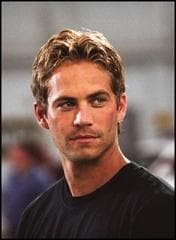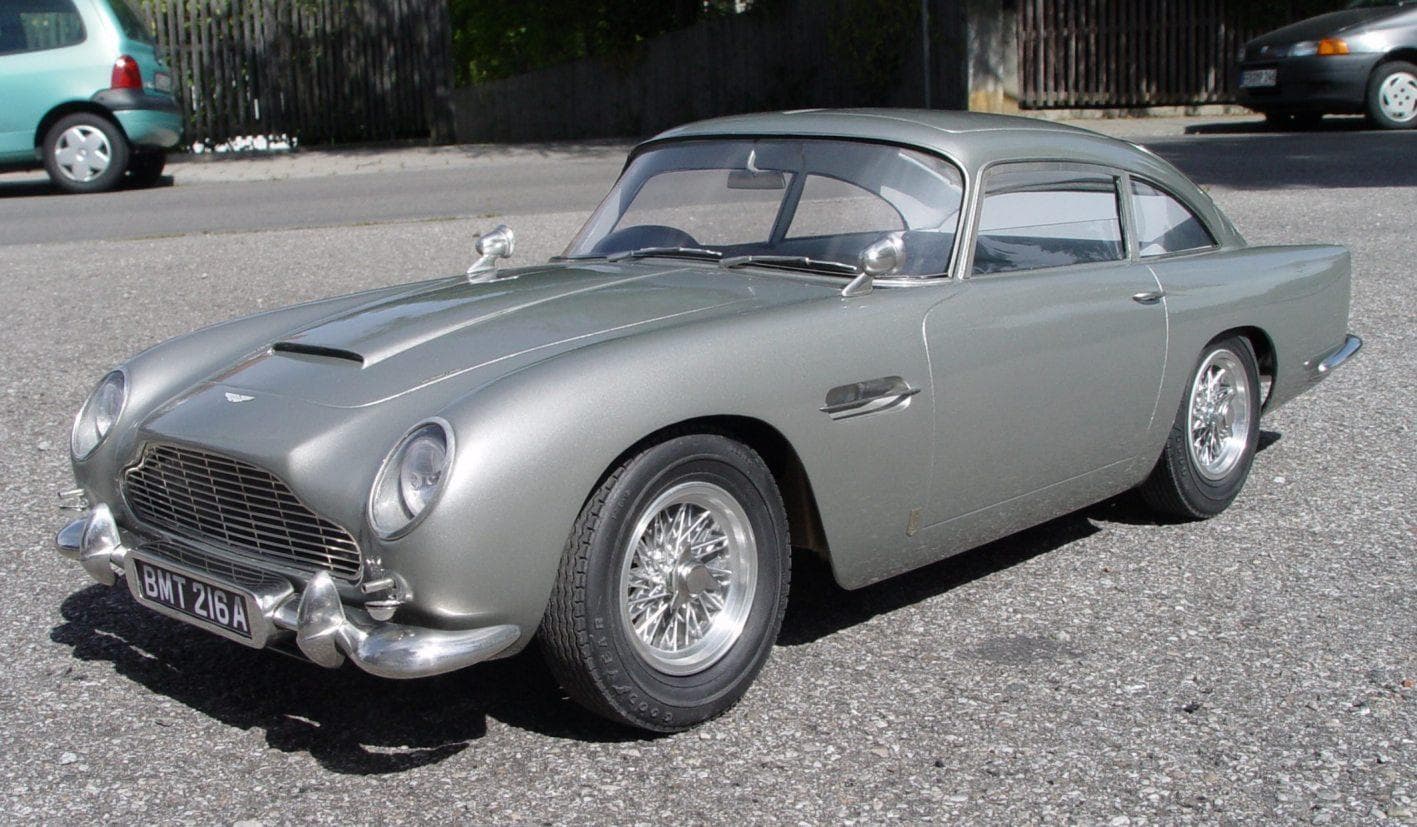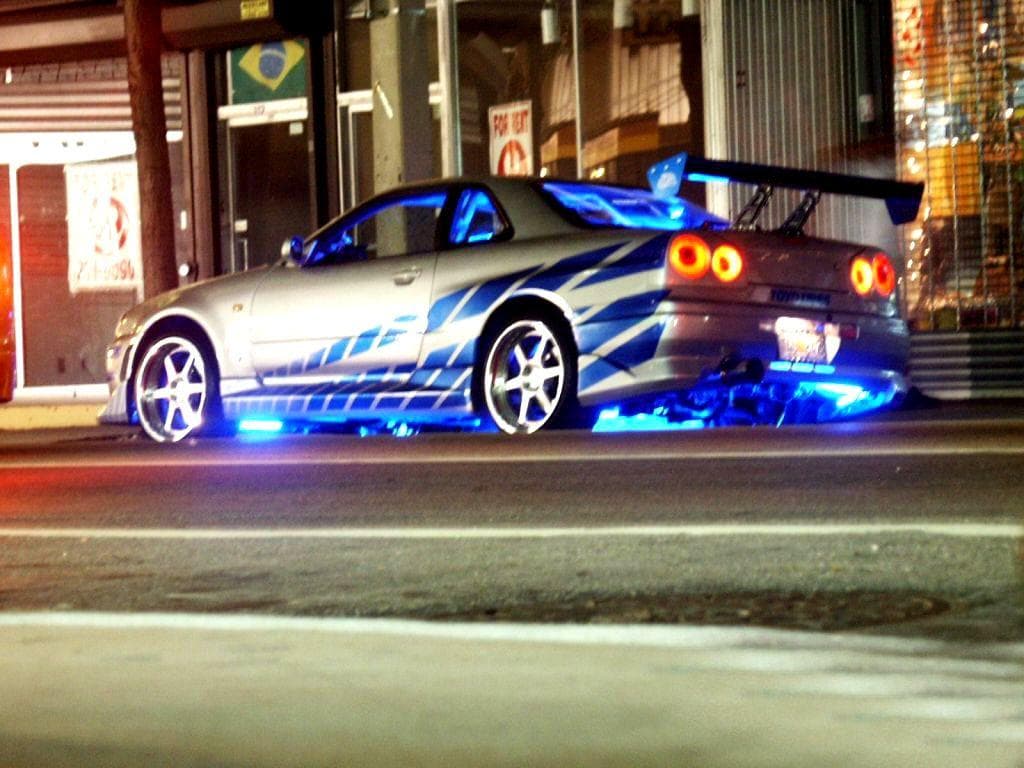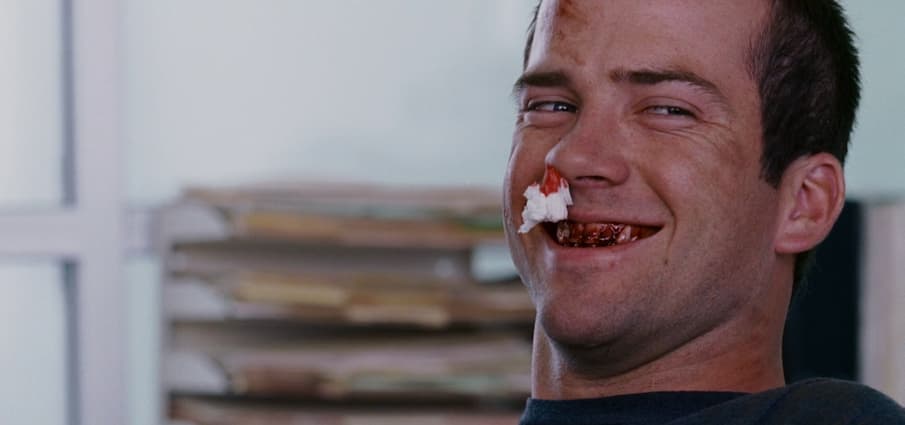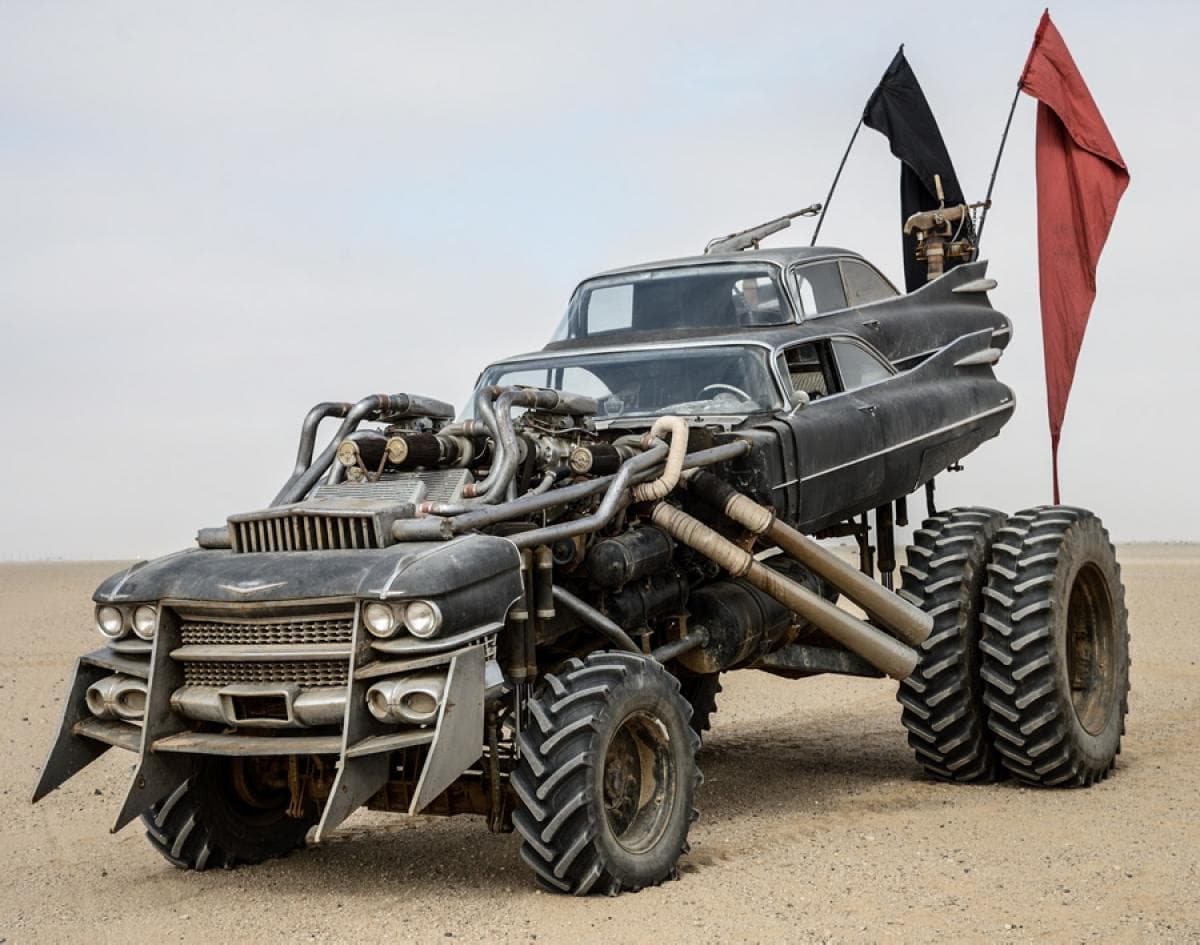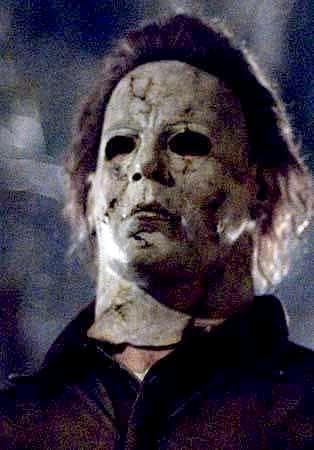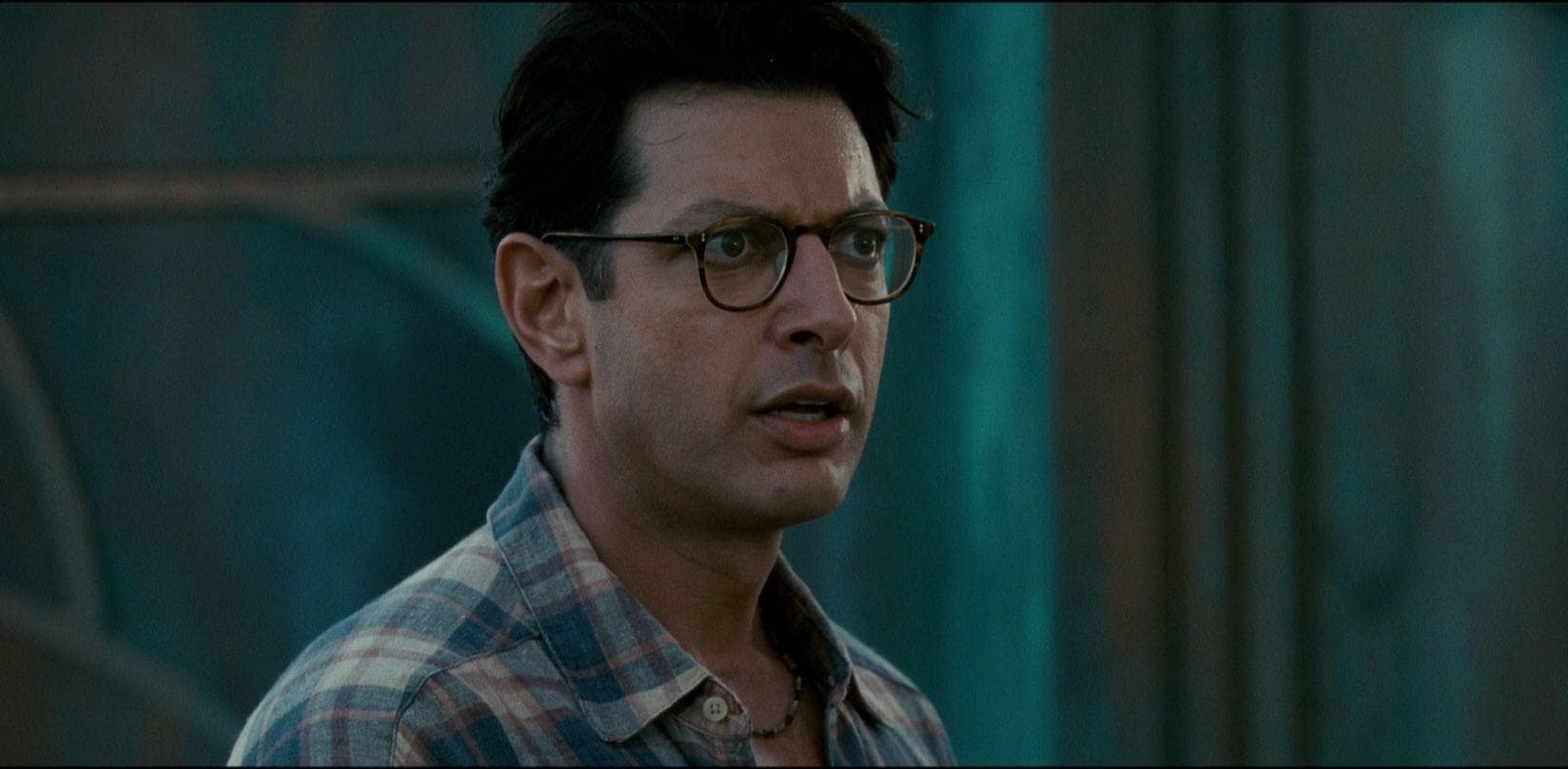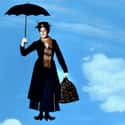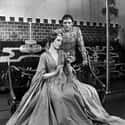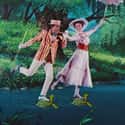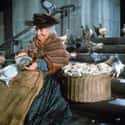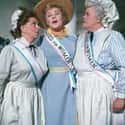-
(#1) Travers Hated The Finished Film And Demanded It Be Re-Edited
Walt Disney did not invite P.L. Travers to the Mary Poppins premiere in 1964. Determined to see what the studio had done, she persuaded a Disney executive to allow her to attend by embarrassing him. As depicted in Saving Mr. Banks, Travers did cry at the screening. Unfortunately, her tears were not due to happiness about her story making it to the screen, but rather despair at what she perceived Disney had done to her book.
Travers hated the songs and animated sequences so greatly that she went to the after party and confronted Disney, telling him, "The first thing that has to go is the animation sequence." Knowing he was about to have a hit film whether Travers liked it or not, Disney famously replied, "Pamela, the ship has sailed."
In addition to hating how Disney changed the characters and plot of her story, Travers despised the sentimental elements he injected. Travers held a deep, personal connection to her story that colored her feelings towards the changes, as songwriter Richard Sherman noted to The Guardian:
She resented the fact that the father had been made into a flawed character who changes during the course of the film. She'd made him the hero, an idyllic man, and wanted that preserved; her own father had been a drunk.
Her offense to the movie was so great, she refused to let anyone else touch her Mary Poppins story until 1994. She requested in her will that neither the Sherman brothers nor anyone involved in Disney's Mary Poppins be included in any future stage productions of her work.
-
(#2) Julie Andrews Fell While Filming A Mid-Air Special Effect
Flying effects in the 1960s required the use of creative camera angles and actors hanging from wires. Since Mary Poppins featured several scenes with characters flying for one reason or another, the actors had to get used to wearing uncomfortable harnesses, acting while in the air, and risking possible injury. In 2017, Julie Andrews revealed just how dangerous the wirework could be as she described an accident that occurred on set.
Appearing on The Late Show, Andrews told host Stephen Colbert, "I was hanging around up there for the longest time with the umbrella. I thought I felt the wire leave and drop about six inches. I was nervous and very tired." She called down to the crew to let her down slowly, but a wire broke as she was lowered, causing her to fall. Andrews remembered, "I plummeted to the stage... And there was an awful silence for a minute, and I did let fly with a few Anglo-Saxon four-letter words, I have to admit."
-
(#3) Julie Andrews Was Not Disney's First Choice
Disney considered a number of actors to play Mary Poppins, including Angela Lansbury, Bette Davis, and Mary Martin. At the time, Julie Andrews had never appeared in a film and was starring in Camelot on Broadway. A few Disney employees happened to be in the audience of the Ed Sullivan Show when she appeared along with Richard Burton to perform a number from the musical and realized she would be perfect.
Walt Disney himself flew to New York to see a performance and immediately went backstage to offer Andrews the role. He even promised her husband a job as a costume designer for the film. Andrews signed on, partly because she had been turned down for the film version of My Fair Lady; a role which she had previously played on Broadway to rave reviews. When she beat her replacement, the more famous Audrey Hepburn, for a Golden Globe that year, Andrews thanked My Fair Lady's director for freeing her up to take on Mary Poppins.
At the time Disney offered her the part, however, Andrews was pregnant. He made an exception since he considered her a must for the role and allowed production to be delayed. Although Disney remained adamant that Andrews play Mary Poppins, P.L. Travers wasn't so sure. She called Andrews in the hospital the day after she gave birth to find out what kind of person she was.
Andrews remembered being surprised at the phone call, explaining to Travers, "I'm feeling a bit woozy right now. I just had a baby yesterday." Although she was less than excited about the casting, Travers eventually accepted her in the role, according to Andrews, saying, "Well. You're far too pretty, of course. But you've got the nose for it."
-
(#4) It Was Hard To Get Approval From P.L. Travers
In a break from studio tradition, Walt Disney gave P.L. Travers script approval of Mary Poppins when he bought the rights. Disney's writers noted Travers's stories didn't have a single plot, but were rather made up of short adventures. To fix this, they added a dysfunctional element to the Banks family to create a need for Mary Poppins to help them come together. Despite the studio already starting a script, planning production, and creating songs, Travers sent them her treatment of the script, completely different from what they envisioned. To bring her on board with their plans and gain her approval, Disney paid for Travers to visit the studio in Los Angeles.
Disney gave Travers access to Disneyland, swimming pools, and social events with the movie stars of the time. He alerted none of his people in advance, however, and left most of the responsibility of dealing with Travers to others. Songwriter Richard Sherman told The New Yorker, "Walt told us two days before she came - and then he went to the ranch in Palm Springs."
Artist Don DaGradi and the Sherman brothers songwriting team held more than a week of meetings in which Travers argued and resisted their ideas. Sherman told USA Today that Travers's first words to him were, "I don't even know why I'm meeting you, gentlemen, because, in fact, we're not going to have music in this film and, in fact, we're not going to have any prancing and dancing." Eventually, they managed to persuade her to sign off on their script and songs, but Travers continued to voice objections throughout production.
-
(#5) Dick Van Dyke Wanted The Mr. Dawes Role So Badly, He Paid For The Part
Dick Van Dyke gladly signed on to play the friendly chimney sweep Bert, but after reading the script, Van Dyke decided he also wanted to play the part of the old banker, Mr. Dawes. He even offered to take the additional role without charging a fee. For reasons unknown, Walt Disney refused to give him both roles. After some persuasion, Van Dyke managed to change Disney's mind. "So he made me do a little screen test and gave me the part... And he didn't pay me - I had to donate $4,000 to his CalArts school," Van Dyke recalled to CNN. Basically, the actor had to pay off Walt Disney for the privilege of playing the part.
Beyond the old age makeup that made him unrecognizable, Van Dyke didn't even get credit for the part at the end of the movie. Keen viewers who scour the credits can see an anagram of "Dick Van Dyke" plays Mr. Dawes. Van Dyke wasn't the only actor to play more than one role in Mary Poppins, though, as Mr. Banks actor David Tomlinson also provided several voice-overs for animated characters, as well as Mary Poppins' parrot umbrella.
-
(#6) Disney Spent Years Trying To Buy The Rights To The Book
P.L. Travers published the first book in the Mary Poppins series in 1934. Walt Disney's young daughter Diane became a fan sometime in the early '40s, and her father saw cinematic potential in the fantastical tales. Persuading Travers to share her story with a movie studio was a tough task, though. Disney remained in contact with Travers for at least 15 years, visiting her and sending telegrams trying to get her to sign over the Mary Poppins movie rights. "It was as if he were dangling a watch, hypnotically, before the eyes of a child," Travers claimed.
Disney flattered her in his letters, and the constant attention eventually managed to charm Travers into agreeing. She laid down some terms, however, including script approval and asking that her book not be turned into a cartoon. Thinking neither of these requests would be an issue, Disney agreed and offered Travers $100,000 as well as 5% of the profits.
-
(#7) The Crew Laughed At Karen Dotrice The First Time She Sang
Jane Banks actor Karen Dotrice starred in her first film at age 8, Disney's 1963 movie The Three Lives of Thomasina. Impressed with her performance, the studio invited her back for Mary Poppins. The role required singing, however, and Dotrice signed up for lessons at the Royal Shakespeare Company. Her vocal coach instructed her in the style of an operetta singer, and they practiced "The Perfect Nanny" together. But when it came time to sing the song during filming, the crew had a less than positive response.
They "pissed themselves laughing" at her choice of singing style, causing Dotrice to burst into tears and Julie Andrews to step in to help. Andrews spent her next day off re-training Dotrice to sing in her natural voice, which was better suited to the lighthearted musical.
-
(#8) 'Supercalifragilisticexpialidocious' Brought A Lawsuit
Real life experiences also inspired "Supercalifragilisticexpialidocious," as Richard Sherman claimed it came from him and his brother's experiences making up words at summer camp. Years later, they remembered it while trying to think of a nonsense word Mary Poppins could use. They changed the syllables slightly to make it easier to rhyme, and the song became a standout in the film.
But then, the Sherman brothers found themselves in the middle of a copyright infringement lawsuit as two other songwriters claimed they wrote the similar "Supercalafajalistickespeealadojus" as far back as 1949 and sent their song to Disney Studios in the early 1950s. A judge eventually threw the case out, citing the phrase's origin as predating both songs. And several years later, a librarian working for Disney discovered the word "supercaliflawjalisticexpialadoshus" written in a newspaper clipping from 1931, proving neither group of songwriters invented it.
-
(#9) Composers Wrote 34 Songs For The Film, But Many Were Never Used
Walt Disney Studios had composers on staff during the 1960s to create scores and songs for their films. Robert and Richard Sherman worked together and had been with the studio for several years, writing songs for movies like The Parent Trap. After Walt Disney finally won the rights to the book, the studio chief gave the brothers a copy of Mary Poppins and asked them to come up with some ideas about how to turn it into a film.
The brothers liked the idea of the book, but they had to figure out how to weave the individual stories of the books into a single movie plot. Disney then gave the Sherman brothers the task of convincing P.L. Travers to greenlight their script - not an easy job thanks to her commitment to the source material. They somehow managed to get her to move forward with the project and spent the next two and a half years writing songs.
The Sherman brothers wrote 34 songs for Mary Poppins, only 14 of which made it into the film. Disney saved some of the cut numbers to use for later films, such as "The Beautiful Briny," which ended up in Bedknobs and Broomsticks, and "Land of Sand," which became "Trust in Me" from The Jungle Book. The Sherman brothers won two Academy Awards for their work on Mary Poppins and continued to write for Disney for several years, composing more film songs and the unshakeable theme park ear-worm "It's A Small World (After All)."
-
(#10) Polio Inspired 'A Spoonful Of Sugar'
Of all the memorable songs in Mary Poppins, "A Spoonful of Sugar" may be the most beloved. Although it works quite well as a metaphor for having fun while cleaning your room, the song was actually inspired by polio treatments. Polio vaccine shots had been around since 1955, but they developed into an oral form by the early 1960s.
After spending the day unsuccessfully trying to write a song, Robert Sherman came home and learned his children had been given the vaccine. Thinking they received a shot, he asked them if it hurt. When he learned nurses administered the oral vaccine by placing the liquid on a sugar cube, the lyrics about sugar helping medicine go down were born.
-
(#11) The Special Effects Were Complicated And Uncomfortable
Tapes recorded while P.L. Travers met with the songwriters and screenwriters at Disney Studios reveal her asking how characters will jump into a sidewalk, only to get an unsatisfying answer: "Walt Disney magic!" This brand of studio magic had a substantial role in the film, leading to many special effects that were ahead of their time.
Along with animatronics and uncomfortable harnesses used to make actors "fly," sodium vapor compositing (the predecessor to green screen) allowed real actors to appear in cartoon worlds alongside animated characters. Unfortunately, this process was hard on the actors' eyes and felt far from magical on the set.
"Because the special effects were filled in later, we had these large, sweaty prop guys in braces dancing about with cut-out horses and penguins to show us what was going on. They both tried hard not to cuss in front of us children," actress Karen Dotrice recalled to The Guardian. To keep things interesting for the child actors and to capture authentic reactions, the crew often didn't tell the kids about the special effects. For instance, Jane's reaction to her medicine turning another color was genuine, as was the children's surprise at the ability of Mary Poppins's bag to hold huge objects.
-
(#12) Matthew Garber Had To Be Bribed To Do Aerial Stunts
Michael Banks actor Matthew Garber had a fear of heights, something that became a problem once production started. The scene where Mary Poppins, Bert, Jane, and Michael have tea on the ceiling with Uncle Albert required the actors to wear harnesses attached to wires and hang several feet above the ground. Garber refused to do the scene until a crew member got the idea to bribe the young actor with a dime. Every time Garber agreed to wear the harness and hang from the wires, he earned a little extra money.
He also developed a reputation as a prankster around the set, with his young costar Karen Dotrice calling him a "very naughty boy." Dick Van Dyke remembered Garber disliking all the waiting around between scenes while filming and recalled the young actor biting him on the leg out of boredom.
-
(#13) Van Dyke Got His Role By Criticizing The Entertainment Industry
Dick Van Dyke had appeared on stage in shows like Bye Bye Birdie and starred in a popular show on television when Walt Disney asked to speak with him about Mary Poppins. It turned out it wasn't Van Dyke's dancing and singing ability that attracted Disney, but rather his opinions on the industry. "He had heard me in an interview talking about what was happening to family entertainment. I was decrying the fact that it seemed like no holds were barred anymore in entertainment," Van Dyke explained to CNN. Because he held similar views on family values as Disney, the two men hit it off, and Van Dyke won the part.
Although audiences and critics enjoyed his singing and dancing throughout the film, some criticized Van Dyke's attempt at a cockney accent. "I was concentrating on the dancing, mostly, and they had given me a [voice] coach who turned out to be an Irishman, and his cockney wasn't much better than mine," he said. Audiences, including those in England, forgave him thanks to his other talents, and Julie Andrews added in a USA Today interview, "Doesn't seem to have harmed the film that much, 50 years later."
Despite being forgiven, Van Dyke later felt the need to apologize while accepting a BAFTA award, realizing his accent could very well be viewed as the "most atrocious cockney accent in the history of cinema."
-
(#14) Walt Disney Convinced A Veteran Actor With Heart Problems To Play The Bird Woman
Although the part of the bird woman was small with only a single line, it was essential to the film's heart. Walt Disney asked veteran actor Jane Darwell to play it, knowing she could bring humanity and warmth to the scene. Darwell was 83 years old at the time and had retired from acting after a long career that included an Oscar for playing Ma Joad in The Grapes of Wrath. Because she suffered from heart problems, it took a lot of convincing by Disney to get her to agree.
Disney promised her filming would only take a day and offered a limo to take her to and from the studio. To make her more comfortable, the crew cut a hole in the stairs of the set so she could sit on a pillow. Mary Poppins was Darwell's final film, and she passed a few years after its release.
-
(#15) Disney Lied About Writing A Song For Glynis Johns
The filmmakers behind Mary Poppins all agreed Glynis Johns would be perfect in the role of Mrs. Banks. The casting people at Disney reached out to her, inviting her to come to have lunch with the filmmakers and talk about Mary Poppins. Unfortunately, Johns thought that meant she was being offered the title role. When told the part had already been offered to and accepted by Julie Andrews, Johns told Walt Disney giving her a solo number would be a big incentive for her to sign onto the movie.
According to the story, Disney replied that the songwriters had already written her a song that she was going to love. Johns agreed to take the Mrs. Banks part if she approved of the song and left. Disney immediately rushed over to his songwriting team and requested they write Johns a song. Luckily, they had a previously written song that they gave to Johns after changing the lyrics into what became "Sister Suffragette."
-
(#16) The Children Had Plaster Butt Casts Made So They Could Travel Up The Stair Rail
Along with having to act alongside crew members holding cardboard cutouts of animals that would later be animated over, the child actors of Mary Poppins experienced first-hand how cinematic special effects don't always look so special behind the scenes. Karen Dotrice recalled in an interview with The Independent that the filmmakers used an unusual technique to allow the characters to magically ascend the handrail of a staircase.
The crew made plaster casts of their behinds, and those casts were later fitted with wires and used as a form-fitting seat to carry them up the railing. The casts were hidden by the children's clothing throughout the scene and made them appear to be moving on their own. "I thought it was fantastic, going to have your bum imprinted," Dotrice remembered. "It's not quite Mann's Chinese Theatre, but it's close."
New Random Displays Display All By Ranking
About This Tool
Do not miss it if you never watched Mary Poppins before? It is a musical fantasy movie and produced by Disney in 1964. This film combines live-action and animation. Once the film was released, it was widely acclaimed and won many awards. A number of audiences were deeply impressed by the magic in the movie, although it is a really old movie, its scenes are beautiful today.
There is no doubt that the production of Mary Poppins is not as magical. All the casts of this movie made great contributions. Welcome to check the random tool, it shows more behind the scenes of the movie production.
Our data comes from Ranker, If you want to participate in the ranking of items displayed on this page, please click here.

